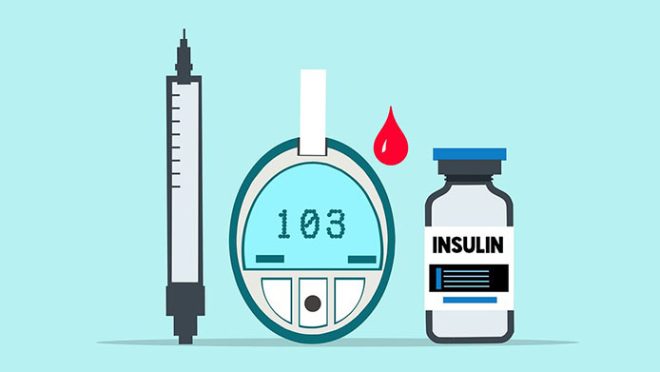Diabetes: What you need to know
Diabetes: What you need to know

Rising prevalence of obesity, unhealthy diets and sedentary lifestyles have made diabetes a major public health problem in Asia. The chronic disease, for which there is no cure, is striking at younger people, even teenagers.
At least 194 million people worldwide have diabetes. The World Health Organization (WHO) expects the number to rise to over 300 million by 2025. The majority will live in the developing world.
Here are some key facts about diabetes:
What is diabetes
It is a disease in which the human body fails to produce or properly use insulin, a hormone needed to convert sugar (glucose), starches and other food into energy needed for daily life. There are two major types of the disease:
Type 1 diabetes, formerly known as juvenile diabetes, is an auto-immune disease in which the body does not produce any insulin, most often occurring in children and young adults.
Type 2 diabetes, formerly known as adult-onset diabetes, is a metabolic disorder stemming from the body’s inability to make enough, or properly use, insulin. It is strongly associated with obesity and a sedentary lifestyle. Type 2 diabetes accounts for 90 to 95 percent of diabetes cases.
What causes diabete
The exact cause is unknown, but heredity and lifestyle factors such as obesity and lack of exercise appear to be among the causes.
How it is treated
Insulin, first isolated by Frederic Banting and Charles Best in 1921 in Canada, transformed diabetes from a fatal disease to one in which long-term survival became possible.
People with type 1 diabetes must take daily insulin injections to stay alive while type 2 people need it as and when their glucose levels go up.
The warning signs of diabetes
For type 1, warning signs include excessive thirst; constant hunger; excessive urination; weight loss for no reason; rapid, hard breathing; vision changes; drowsiness or exhaustion. These symptoms may occur suddenly.
People with type 2 diabetes may have similar, but less obvious, symptoms. Many have no symptoms and are only diagnosed many years after onset. Almost half of all people with type 2 diabetes are not aware they have this life-threatening condition.
What complications can it cause?
Diabetes is the leading cause of kidney failure and of new cases of blindness in people. Aside from accidents, diabetes is the most frequent cause of lower limb amputations. Diabetics face a much higher risk of heart disease and stroke.
How much does it cost?
Most developed countries spend around 10 percent of their healthcare budgets on diabetes now.
The annual direct healthcare costs of diabetes worldwide, for people in the 20-79 age bracket, are estimated to be in the range of $153 billion to $286 billion.
If predictions of diabetes prevalence are fulfilled, total direct healthcare expenditure on diabetes worldwide will be between $213 billion and $396 billion in 2025.


